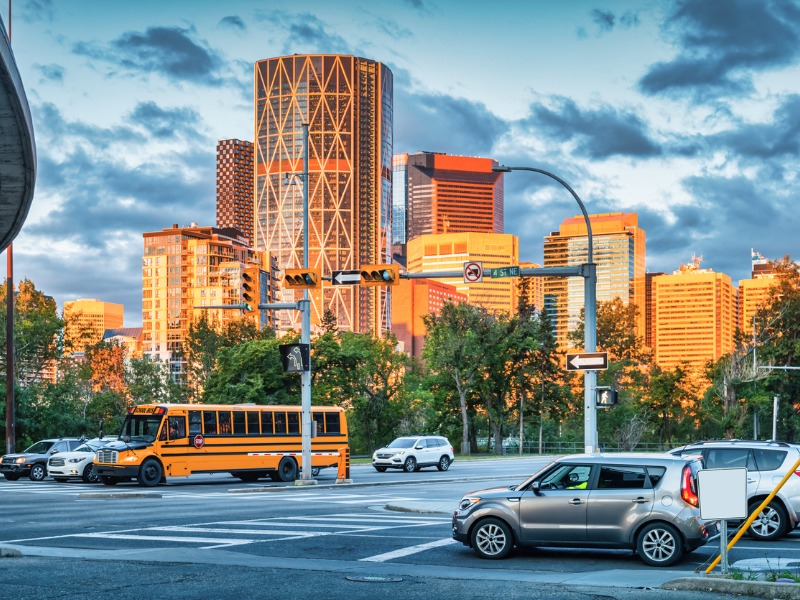Alberta Premier says no to public auto

Alberta Premier Danielle Smith said public auto insurance is not in the running as a long-term auto reform option.
That’s despite a recent Oliver Wyman report that found a public auto model would lead to the lowest premiums for Albertans. The findings have been contested by industry representatives.
“I can tell you the sticker shock of bringing through a fully publicly funded auto insurance program in Alberta made all of the ministers’ eyes pop,” Smith said during a press conference.
“I would say that the appetite for a full Alberta-run public insurance system is very low.”
It would cost anywhere between $2.4 billion and $2.8 billion for the province to establish a new public model, a Nous Group report found. That’s split between a cost of $100 million to $500 million to establish the insurer, and up to $2.3 billion in available capital reserves to pay out claims.
It would also mean the loss of 3,200 to 3,900 private sector insurance jobs, upward of 750 broker jobs, and 700 to 850 legal services jobs, the Nous Report finds, “which is not something we’re inclined to do,” Smith said.
“We like the ability to have a free enterprise market with a lot of players, but we’re still trying to navigate how we get to that,” she said. “How do we deal with the issue of escalating cost of repairs? How do we deal with the escalating cost of litigation? How do we make sure that when there are profits, they get shared back to the policy payers?”
In the meantime, the provincial government launched a public consultation to help inform long-term auto reform changes. The intent of the consultation is to determine which model Albertans favour.
“You absolutely can bring rates down if you go no-fault,” Smith said of the model adopted in neighbouring provinces, where after an accident, each driver’s insurer pays for their medical expenses and claims costs, regardless of who is at fault.
“The way no-fault works is that you get a schedule of payments. It’s ‘if this happens to you, then you get this compensation.’ And you give a schedule of payments and you have very, very limited number of injuries that allow you to go to court,” she said in the Your Province. Your Premier radio show.
“On the other hand, there are people who have been injured who want the ability to sue,” Smith said.
“So that’s what we’re consulting on right now. Do people want us to do that?”
The survey closes June 26, 2024. Until then, the government forecasts reform could happen as early as fall 2024.
And if it keeps to its timeline, the government aims to go live with its auto insurance reform in 2026 or 2027. Just in time for the next provincial election, for which the date was legislatively changed from May 31, 2027, to Oct. 18, 2027.
Feature image by iStock.com/benedek







